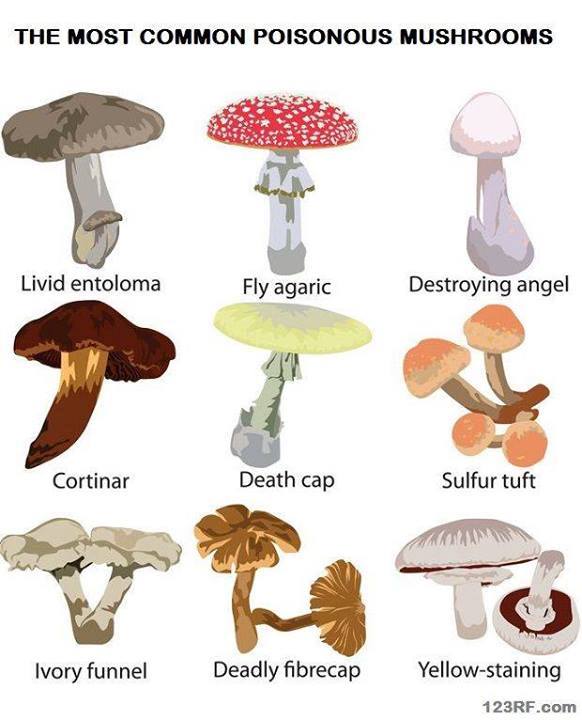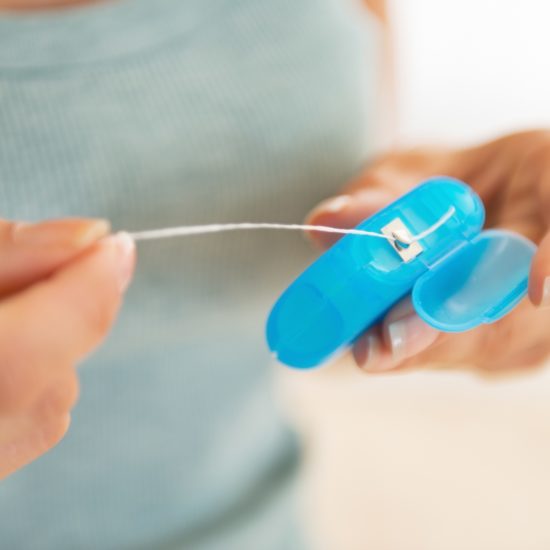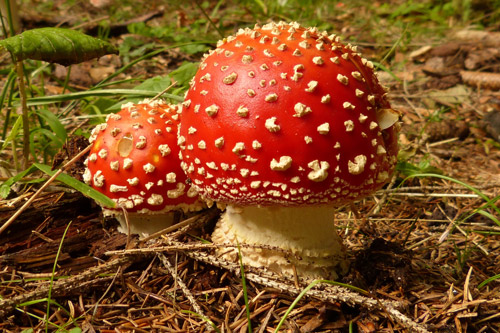
Whether strolling through the park or romping in the backyard, there are a number of things that parents and caretakers should know and pass along, especially to young kids.
Recent statistics show that children younger than six account for a disproportionate percentage of poisoning cases, including nearly half of all poison exposures, according to the National Capital Poison Center.
The highest incidence of poisoning typically occurs in one and two-year-old, the poison center says, though all age groups are affected.
This guide will help parents and guardians know how to prevent poisonings from plants and pesticides and respond quickly to help keep kids safe.
Types of Poisonous Plants
The most common – and dangerous – types of poisonous plants found near backyards, parks, and trails include solanine, grayanotoxins, and cardiac glycosides:
- Solanine can cause moderate nausea, vomiting, headaches or diarrhea. It’s found in a number of different foods and ornamental plants, but most often in Jerusalem Cherry, Nightshade, potato sprouts and unripe tomatoes. If a kid eats a plant that contains a lot of solanine, they might get drowsy, sweat a lot or experience changes in blood pressure and heart rate. Effects most often occur within two to 24 hours.
- Grayanotoxins are common in azaleas, rhododendron, and other yard plants. If you’re off-road, watch out for Lambkill and mountain laurel. If a child ingests these plants, they might experience burning, tingling or numbness in their mouths. Other common symptoms include nausea, vomiting, sweating, and confusion and occur within three hours of exposure. In extreme cases, a child may have a seizure.
Cardiac Glycosides are most often found in Lily-of-the-Valley, foxglove oleander and squill. First signs include headaches, confusion, vomiting, stomach pain, and dizziness. Children might also experience changes in heart rate and blood pressure.
Here are some other plants to keep an eye out for:
- Elephant ear plants
- Daffodil and hyacinths
- Larkspur
- Wisteria
- Acorn and oak leaves
- Black locust
- Mistletoe
- Hemlock
- Poppies
- Poison oak, ivy, and sumac
How to Prevent Poisoning from Plants
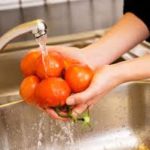
Be careful not to confuse your child by picking items from a family garden and eating them outside. Be mindful of tops of potato plants and green portions of potato, which contain solanine, as well as rhubarb leaves, which are poisonous.
If you have or are taking care of a young child, take stock of backyard foliage before letting the child play. Keep berries, seeds, and bulbs out of reach, avoid using poisonous plants for decoration and eliminate all mushrooms from the yard. Be sure to double-check if it has rained recently.
In addition to regular supervision, consider constructing a safe gardening space within a raised garden or container and placing it in your yard. Fill the space with pesticide-free soil, smooth rocks or other items that are safe and will keep your child engaged.
If you’re planning a trip to the park, take a quick walk through the area and note any plants that may be poisonous. Same goes for any wilderness adventures or hikes. Remember that young kids will be attracted to plants with bright flowers or poisonous berries; avoid these at all costs.
What to Do If Your Child Touches or Eats a Poisonous Plant
If your child ingests a poisonous plant and starts to choke, has trouble breathing, swallowing or falls unconscious, call 911. If your child has come into contact with a poisonous plant but isn’t showing any immediate signs of distress, don’t wait for symptoms to show – call your local poison control center at 1-800-222-1222. Be prepared to share your child’s age, symptoms, and your best guess of the plant he/she consumed and, to the best of your knowledge, when the plant was ingested.
If you cannot seek immediate assistance, make sure that your child doesn’t have any fragments of the plant in their mouth and give them only small sips of water. Do not try to make them vomit. If there is any skin irritation, rinse affected areas with fresh water. Again call your local poison center as soon as possible.
Pesticide Safety
Remember that all pesticides carry a level of toxicity and pose a risk to all people, but especially to infants and small children, who are extra sensitive to their toxic effects.
If you choose to use pesticides, read the product’s label thoroughly. Shop around for the least toxic pesticide you can find and keep it in its original container and far away from children and pets.
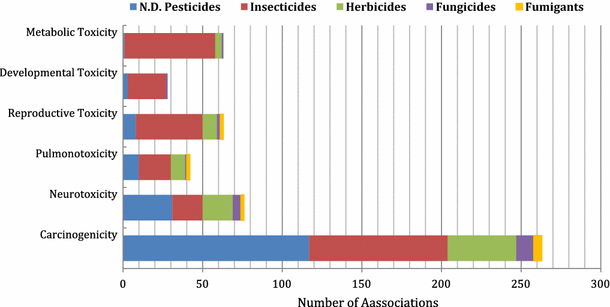
When applying pesticides, take extra care to keep your children and pets as far away from the area as possible. Remember that the pesticide will take extra time to dry. If your lawn has recently been treated, ensure your children wear closed-toed shoes and sit on blankets or use other barriers between them and the grass. Make sure your kids wash their hands after playing in the grass.
Safe alternatives to combat pests in your garden and yard include insecticidal soaps, horticultural oils, and natural repellents. Here are a few ideas:
- Vegetable oil mixed with a mild soap for insects like aphids and mites
- Mild soap mixed with water for insects like whiteflies, beetles, aphids, and mites
- Neem oil mixed with mild soap and water to disrupt the life cycle of insects and to protect plants before they become infested
- Diatomaceous earth as a natural pesticide
- Pureed garlic mixed with vegetable oil, mild soap, and water to act as an insect repellent
- Garlic, onion, and cayenne pepper, mixed with liquid soap as a natural insecticide


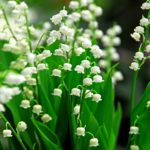 Cardiac Glycosides are most often found in Lily-of-the-Valley, foxglove oleander and squill. First signs include headaches, confusion, vomiting, stomach pain, and dizziness. Children might also experience changes in heart rate and blood pressure.
Cardiac Glycosides are most often found in Lily-of-the-Valley, foxglove oleander and squill. First signs include headaches, confusion, vomiting, stomach pain, and dizziness. Children might also experience changes in heart rate and blood pressure.